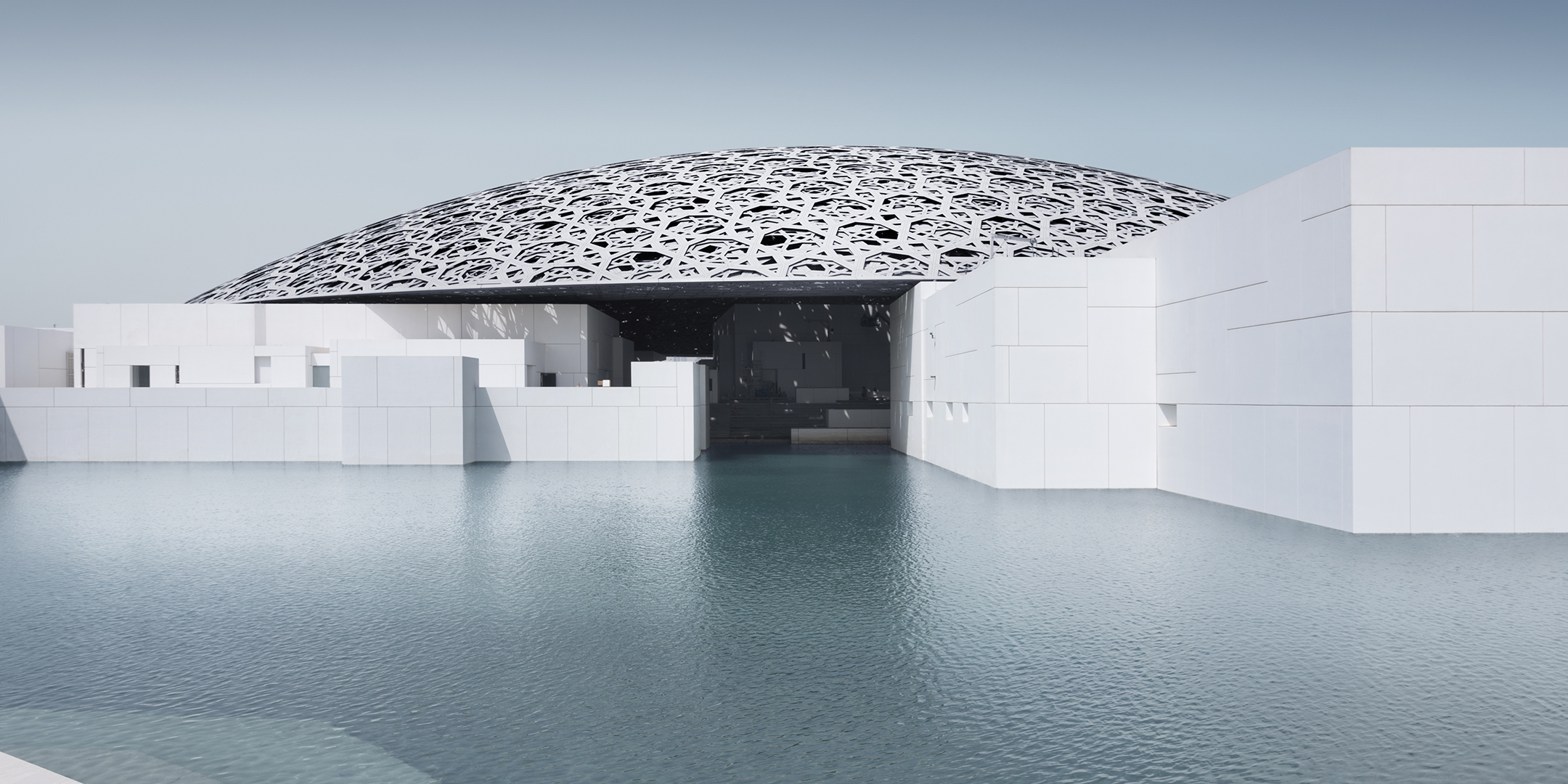Global culture, civic competition, social impact
Building for the arts in the 21st century
December 4, 2017
7:00 p.m.
A discussion with Arthur Cohen, Adrian Ellis, Victoria Newhouse, Joshua Prince-Ramus, and Annabelle Selldorf
Twenty years ago, the Guggenheim Bilbao opened to widespread acclaim, generating a great deal of new tourism and an economic upswing in this Basque city. A worldwide scramble to duplicate the “Bilbao Effect” was set in motion, as cities everywhere sought to use investment in striking new buildings for culture to spur economic development. While it seemed that there was a hiatus in ambitious cultural projects during the 2007-2009 recession, the number of projects underway now, and the amounts of money being invested, suggest that that was just a temporary pause. The Cultural Infrastructure Index compiled for the Global Cultural Districts Network tallied $8.45 billion spent on 101 new cultural projects completed worldwide in 2016, and $8.54 billion on 135 new projects announced that year[i] Bold new museums, theaters, and concert halls are being built in cities from Abu Dhabi to Warsaw to Harbin, and cultural projects remain a coveted commission for the world’s leading architects.
At the same time, recent research shows that the expectations and desires of cultural audiences are changing. Audiences are defining culture much more broadly and casually, with less attention to earlier distinctions between high and popular art, or for-profit or not-for-profit activity. New buildings and complexes must increasingly be analyzed using new criteria. Are they what contemporary audiences—and artists–want in spaces for the arts? And the experience of many cities forces other questions. Does investment in cultural buildings and complexes accomplish what its boosters—whether institutional or municipal leaders–claim?
Our fraught global political climate, the continuous onslaught of technological change, and increasing attention to the impacts of economic inequality and globalization also prompt a set of questions about the possible messages large capital investments in culture send. In an era of growing populism and resistance to globalization, is there a backlash against these symbols of global culture? How is this investment perceived more generally, in an era when many governments and economies find it difficult to generate broad-based economic opportunity? And how does, and can, architecture respond?
[i] The first Cultural Infrastructure Index, undertaken for the Global Cultural Districts Network by AEA Consulting, measures investment in capital projects in the cultural sector, analyzing projects with a budget of US$10 million or more–museums, performing arts centers, and cultural hubs or districts. Projects tracked include new buildings, renovations, and expansions. See gcdn.net
Arthur Cohen is principal of LaPlaca Cohen, a cultural consulting firm. LaPlaca Cohen recently released the 2017 edition of its triennial national study, Culture Track, that probes and analyzes the behaviors and motivations of cultural consumers, including their definitions of culture, reasons for seeking out cultural experiences, and attitudes toward digital engagement.
Adrian Ellis is the founder of AEA Consulting and the Global Cultural Districts Network. AEA Consulting works with cultural institutions around the world on planning and strategic development. The Culture Investment Index, an initiative of the Global Cultural Districts Network, tracks and measures investment in capital projects in the cultural sector worldwide.
Victoria Newhouse is an authority on buildings for the arts, and the author of books including Chaos and Culture: Renzo Piano Building Workshop and the Stavros Niarchos Foundation Cultural Center in Athens (2017); Site and Sound: The Architecture and Acoustics of New Opera Houses (2012); and Towards a New Museum (2007).
Joshua Prince-Ramus is founding principal and president of REX, an architecture and design firm based in New York. REX completed the AT&T Performing Arts Center Dee and Charles Wyly Theater in Dallas in 2009, and is currently designing the Ronald O. Perelman Performing Arts Center at the World Trade Center, projected to open in 2020, and a new performing arts center for Brown University in Providence, RI.
Annabelle Selldorf and her firm Selldorf Architects have designed many museums and other facilities for culture, including major renovations and transformative additions for the Clark Art Institute in Williamstown, MA; the contemporary art center Luma Arles in Arles, France, and the Museum of Contemporary Art in San Diego, CA, and the Frick Collection in New York.

